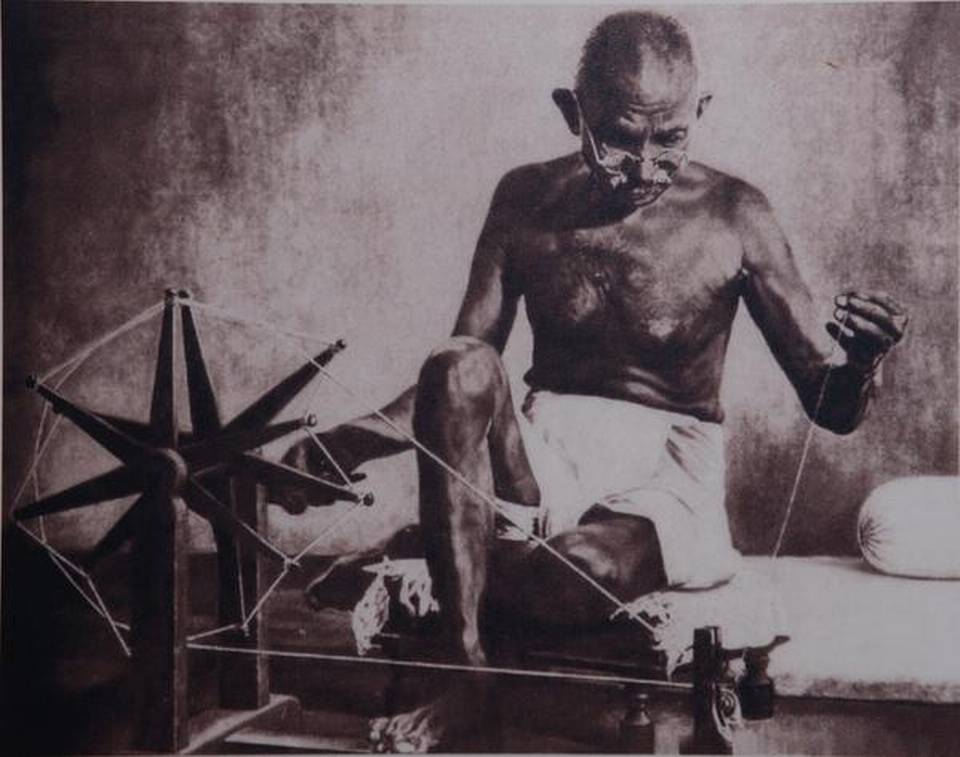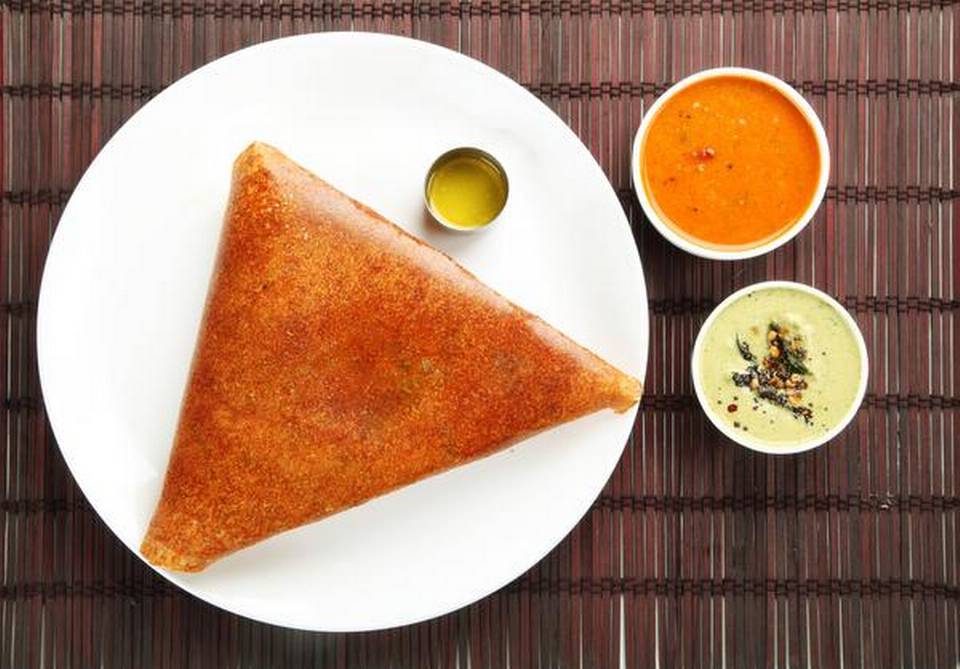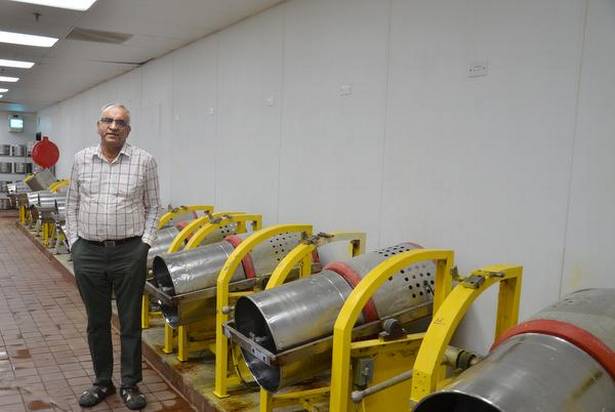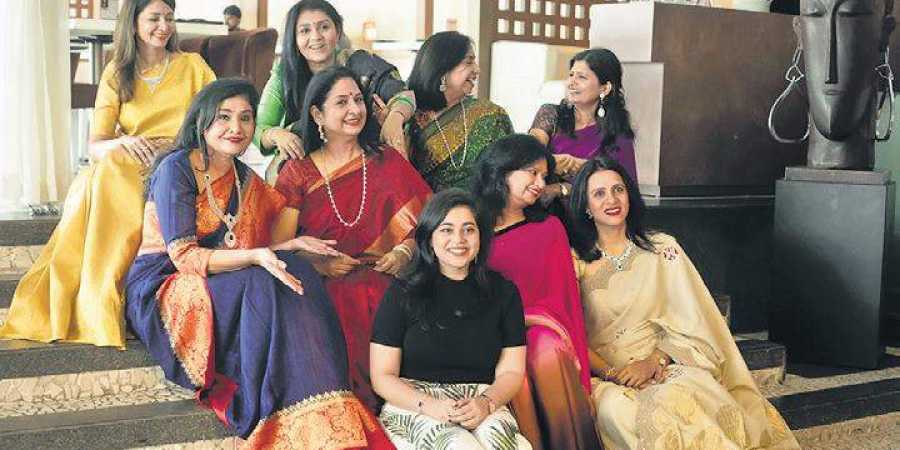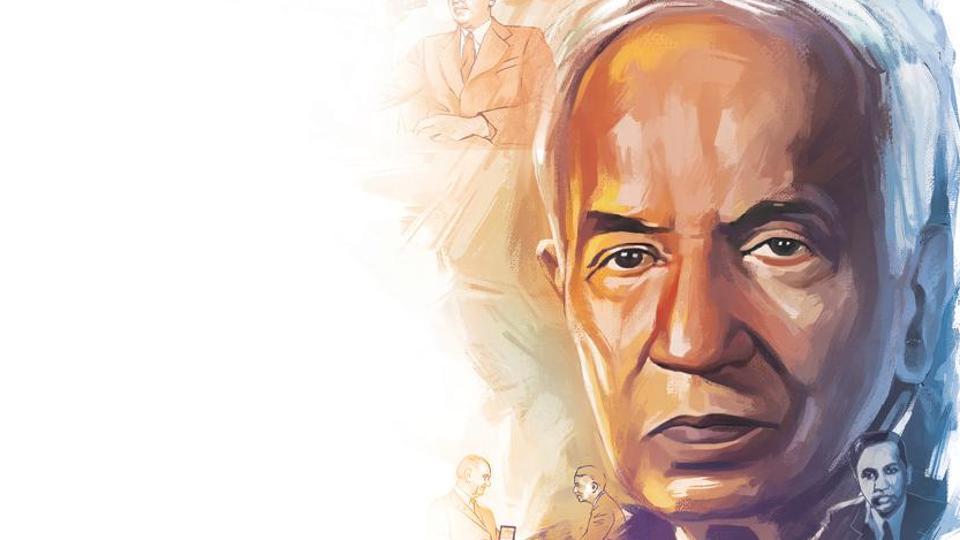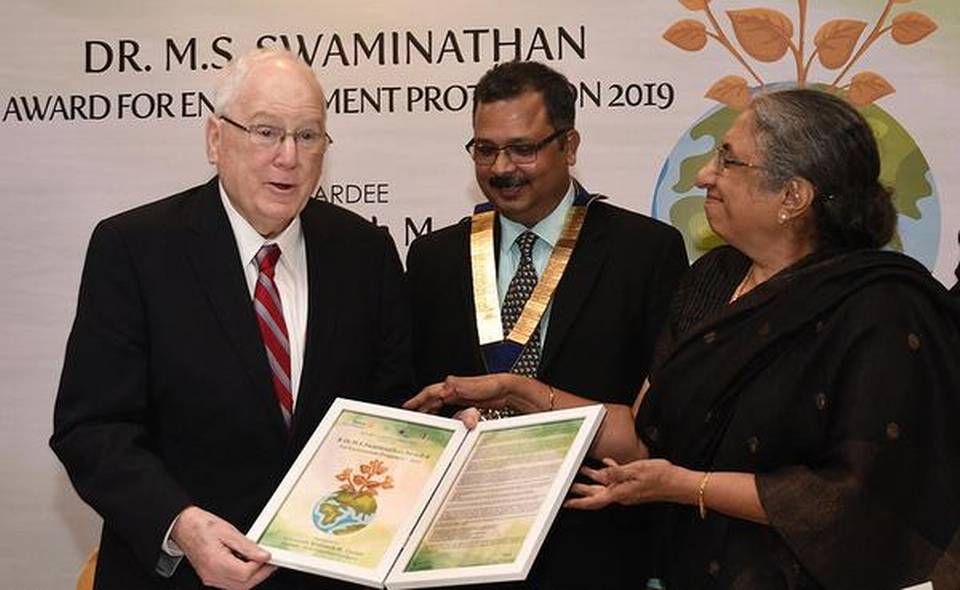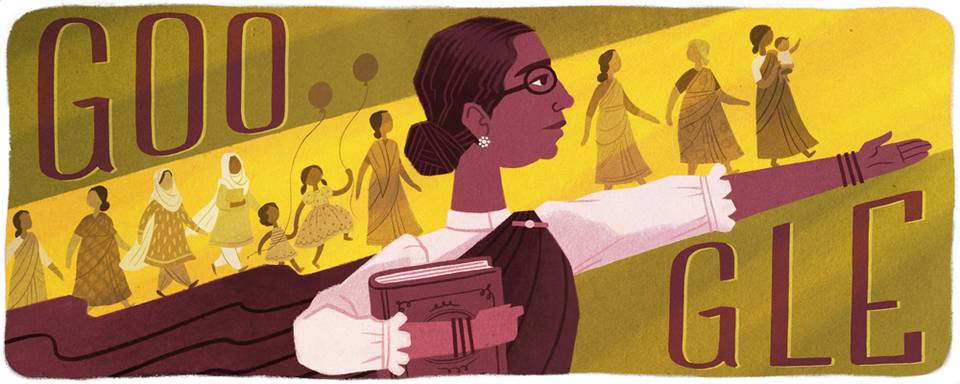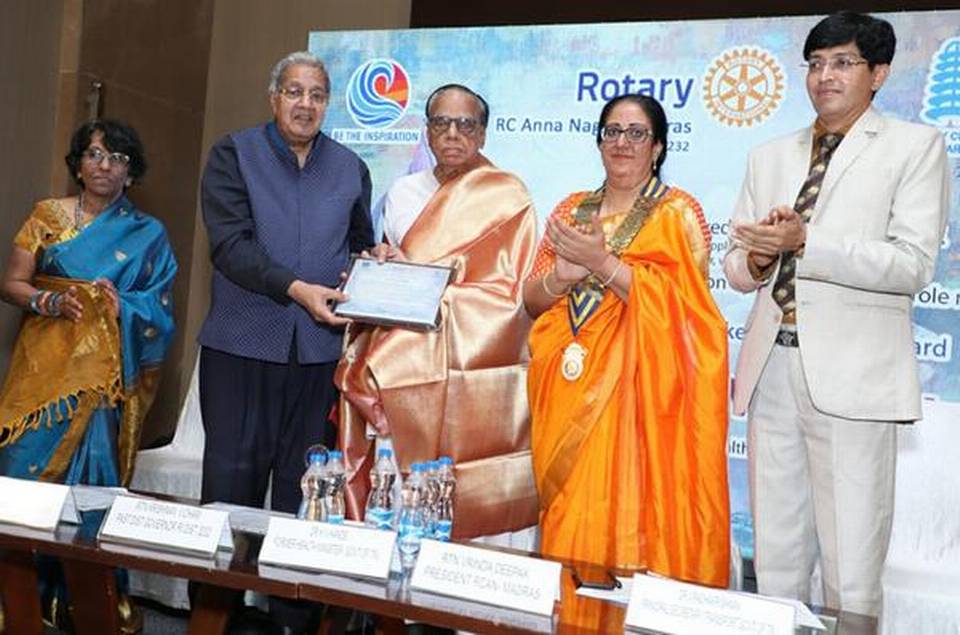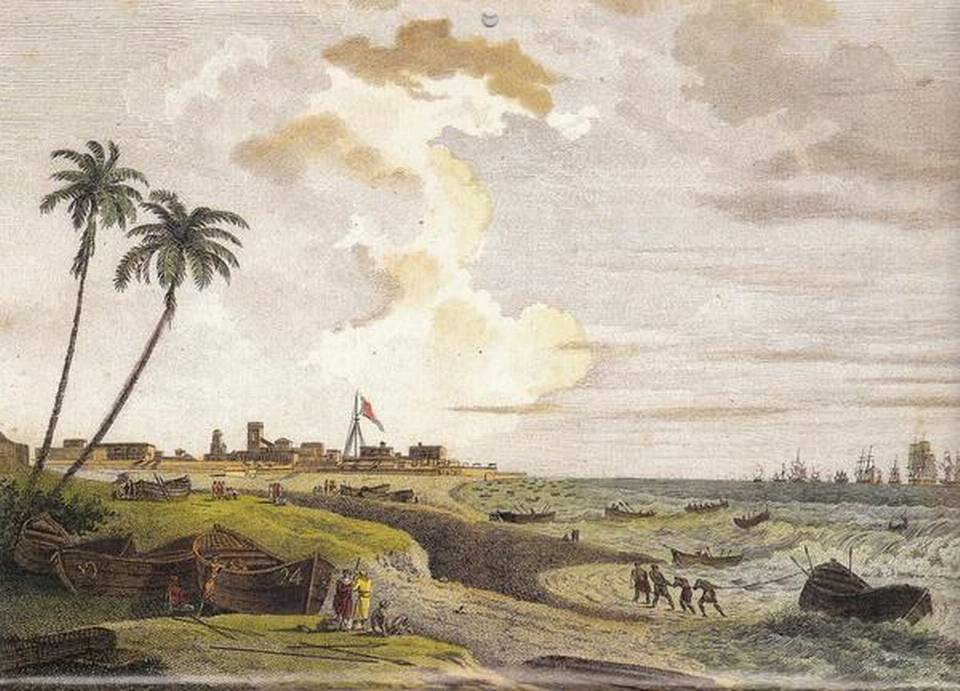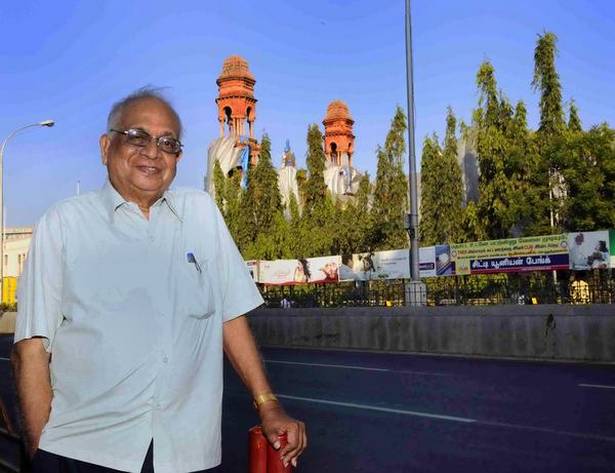The Sammelanam was part of the Chatur Masya Sankalpa activities of Kanchi Kamakoti Pitam
Occupying the top place among the plethora of rituals practised by a grihasta is Agnihotram — worshipping fire through the performance of a yagam. Fire is the source of energy and the fountain head of life. “The Vedas give it a noble place enjoining upon a grihasta to do it daily,” says Balakrishna Rangarajan, who has been coordinating the Agnihotris Sammelanam of Kanchi Kamakoti Pitam for 14 years.
“It was in 2005 that Sri Jayendra Saraswati told me: ‘We should organise a meeting of all the agnihotris in the country.’ Taken aback, I said that I didn’t know where they all were. ‘I do,’ he responded and gave me a list. The first All India Agnihotris Sammelanam happened that way and we have not looked back,” recalls Balakrishnan.
In a country of 130 crore population, there are only 130 Agnihotris and only 40 of them are Nitya-agnihotris — performing the yagnam on a daily basis. The latter perform the task of keeping the fire alive 24/7. How is that done? “They take care of the fire like they would a baby,” says Balakrishnan.
An Agnihotri has to master the Vedas and engage them through thought, word and deed — recalling the mantras, chanting them and perform the Agnihotram. The Rig, Yajur and Sama Vedas blend to please the devathas — Rig through the visualisation of the mantras, Yajur by giving it a form and Sama through its mesmerisingly musical chanting.
The yaga is not done for the performer’s welfare. That comes last. The Agnihotri prays to the fire to fill the earth with ample water, which in turn will provide grass, which in turn will feed the cows’ whose milk and ghee nourish the world and are essential for the sacred fire. It is ultimately for human welfare, they pray.
The wife is given an exalted position in this ritual. “Without her there is no yagnam,” states Balakrishnan. She has to chant mantras too and the two observe the discipline prescribed. Incidentally, Agnihotris at the Sammelanam this year discussed the subject: ‘What happens when the lady is unable to participate?’ The proceedings take place in Sanskrit.
Ultimate sacrifice
“The fire preserved by the Agnihotri is so sacred that it goes with him in his last journey. Sastras prescribe that the day after his funeral, his bones should be collected, powdered and a yagna done with ghee. He is thus given back to Agni, completely. Can there be a better sacrifice than this,” asks Balakrishnan. “There were 98 Agnihotris when the Sammelanam was started. Now there are 130. But for the perseverance and patience of the successive pontiffs of the Kanchi Math, this would not be possible,” he stresses. “These are giants, but are eager to congregate and share their knowledge under the benign leadership of the Kanchi Sankaracharya,” he adds.
If they are all pundits, where is the need for debate? And it is a Science, where every step has been clearly defined. “True. But there are differences, depending on the region to which they belong, the sect and the rishi parampara,” says Balakrishnan. The core is the same but there will be variations in the execution. The Sammelanam gives them an opportunity to raise doubts and clarifications. Each will adhere to his own tradition but gain knowledge about other systems,” he explains.
Scattered in different parts of the country, the Agnihotris had come for the Sammelanam from Jodhpur, Mumbai, Satara, regions of the Godavari and Krishna, Kerala and Tamil Nadu. “That was how Sri Chandrasekharendra Saraswati Swamigal preferred it to be. He wanted the smoke from the Agnihotri’s havan to purify the air in all parts of the sky,” observes Balakrishnan. The Agnihotris, who participated in the Sammelanam on September 7-9 were honoured by the Sankaracharya with a purse and gifts of gold and silver.
Compiled by Geetha Venkataramanan
source: http://www.thehindu.com / The Hindu / Home> Society> History & Culture / by Geetha Venkataraman / September 12th, 2019
